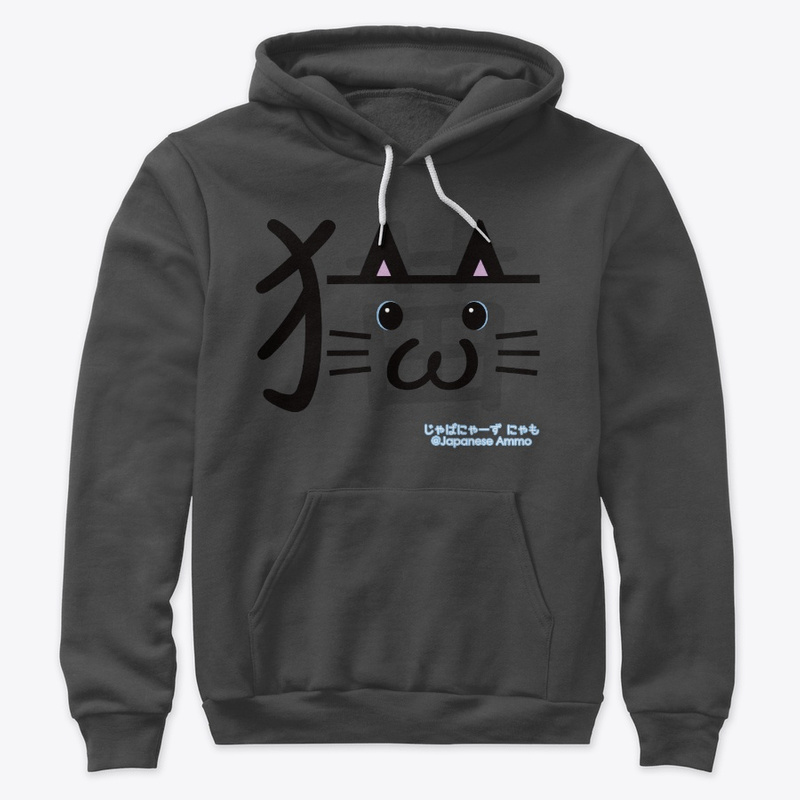Interestingly, a lot of students get confused with
つかう tsuKAU and つくる tsuKURU.
During a conversation with one of my student,
「マンションの5階に住んでいるので、階段じゃなくて、エレベーターをつくって、あがります。」
mansyon no go-kai ni sunde iru node, kaidan janakute, erebeetaa wo tsuKUtte, agarimasu.
“Because I live on the 5th floor in the apartment, I BUILD a lift, not stairs, and go up.”
WAIT…You build it?!?! That’s a lot of work… ;p
Then the student reazlied that he said “つくって tsuKUtte” instead of “つかって tsuKAtte”, which means “using”.
So the correct sentence would be :
「マンションの5階に住んでいるので、階段じゃなくて、エレベーターをつかって、あがります。」
mansyon no go-kai ni sunde iru node, kaidan janakute, erebeetaa wo tsuKAtte, agarimasu.
“Because I live on the 5th floor in the apartment, I USE a lift, not stairs to go up.”
This tiny mistake causes misunderstanding. That’s why we have to nail this difference.
Today I will show you how to remember these confusing words using mnemonics.
So, 使う つかう tsuKAU means “to use”
And作る つくる tsuKURU means “to make/create“
If you take a look at romaji, don’t you see other verbs that you probably know?
Yes. 買う かう KAU “to buy” from the verb tsuKAU “to use”
And 売る うる URU “to sell” from the verb tsukURU “to make / create”
If you haven’t memorized words かう kau “to buy” and うる uru “to sell”, it’s fine. If you have, skip reading this bit.
Just remember like : Buy a cow. ” Cow を かう” cow wo kau. Easy ;)
And うる uru “to sell”.
I hope you know verbs “ある aru” and “いる iru”.
ある aru – to be (somewhere) / there is ~/ ~exists for NOT-living things. (e.g TV)
いる iru – the same meaning as ある aru. But only for LIVING-things. (e.g person)
Anyways. Hiragana starts off like : a, i, u….e…right?
Remember like this :
When
there is (ある aru) a product.
And there is (いる iru) a seller,
You can SELL (うる uru) the product.
Anyways. Back to the main subject. (about つかう and つくる)
Remember like this :
You BUY (かう kau) it to USE (つかう tsuKAU) it.
And : You can SELL (うる uru) it
once you MAKE/produce (つくる tsu-k-URU) it.
Let’s see how both conjugates.
As you know, verbs not -iru, -eru ending change like below :
- Change the last U into A (e.g かく kakU -> かか kakA)
(if a word ends in う, not with syllable+vowel,
then change う u into わ wa.) (e.g あう aU -> あわ aWA)
And add ない nai
-> Negative
- Change the last U into I (e.g かく kakU -> かき kakI)
And add ます -> formal form.
Or add たい -> want-to form.
- Infinitive.
- Change the last U into E. (e.g かく kakU -> かけ kakE)
-> just itself – abrupt (harsh) command form.
-Or add る -> Can-do form.
- Change the last U into OU. (e.g かく kakU -> かこう kakOU)
-> Let’s-do form.
Extra : て form
う・つ・ -a, u, o +る ending verbs ->
Get rid of う /つ/ -a/u/o+ る and put “って”.
E.g あう -> あって / まつ -> まって / つる -> つって
(つ)かう (tsu)kau To use / to buy
- (つ)かわ+ない
(tsu)ka-wa+nai ” (I) will / do not use / buy” - (つ)かい+ます/たい
(tsu)ka-I+masu : (will) use / buy
(tsu)ka-I+tai : Want to use / buy - (つ)かう
(tsu) kau : infinitive (I) (will) use / buy - (つ)かえ(+る)
(tsu)ka-E : Use / Buy!!
(tsu) ka-e+RU : can use /buy - (つ)かおう
(tsu)ka-ou: Let’s use.
TE form :
(つ)かって (tsu) ka-tte Use / Buy (request)
See? Just by adding つ in front of かう (to buy), you get つかう (to use).
Same goes for つくる tsukURU.
Although because of K, when you look at hiragana, it doesn’t look so similar,
if you look at Romaji, you see it.
うる uru to sell
つくる tsuk-URU to make / create
- うら+ない urA+nai : (I) will/do not sell
つくら+ない tsuk-urA+nai : (I) will/do not make - うり+ます urI+masu : (I) (will) sell (form.)
うり+たい urI+tai : (I) want to sell
つくり+ます tsuk-urI+masu : (I) will make (form.)
つくり+たい tsuk-urI+tai : (I) want to make - うる uru / つくる tsuk-uru
- うれ urE : Sell (command)
うれる ure+ru : can sellつくれ tsuk-urE : Make (command)
つくれる tsuk-ure+ru : can make - うろう urOU : Let’s sell
つくろう tsuk-urOU : Let’s make
Te form :
うって u-TTE Sell it / つくって tsuk-uTTE Make it (request)
てform of these verbs are similar. So pay attention.
つくって tsuKU-tte – Make it
つかって tsuKA-tte – Use it
So, remember :
You BUY (かう kau) it to USE (つかう tsuKAU) it.
And : You can SELL (うる uru) it once you MAKE/produce (つくる tsu-k-URU) it.
Hope it helps ^_^ 役に立つといいな!
またね(^^)/









このブログは便利で面白いですね
Thank you for taking the time to write this ^^
ありがとうございました!
うれしいです^^ありがとうございます!
Thanks for writing the blog post. I’ve found 作る and 使う confusing for a long time. Never could tell which is which. Your explanation makes perfectly sense! I hope I will tell the difference now. :)
When I was scrolling all the way down on the page I realized I already know you on YouTube as Misa. Keep up the good work!